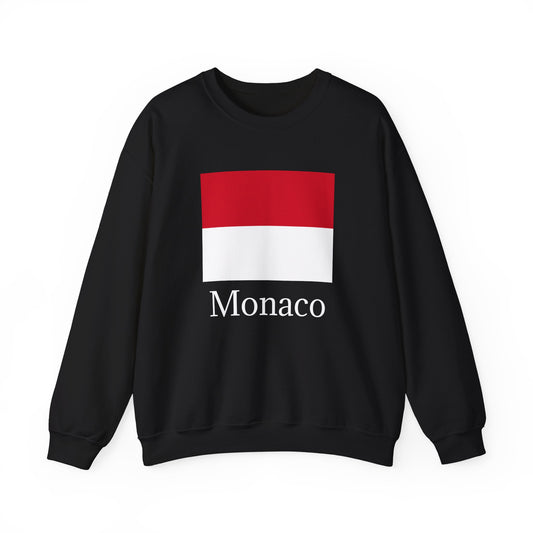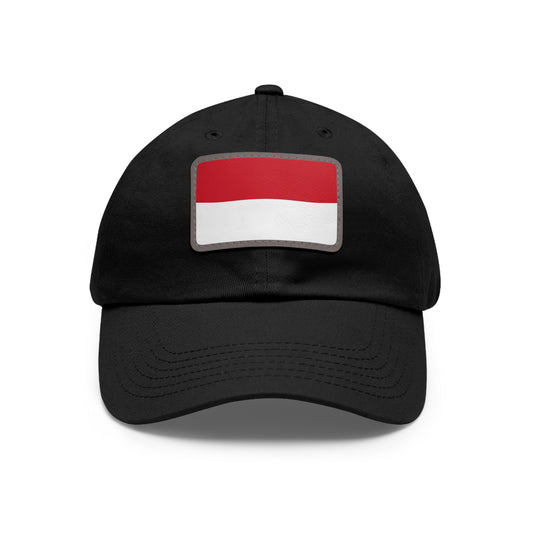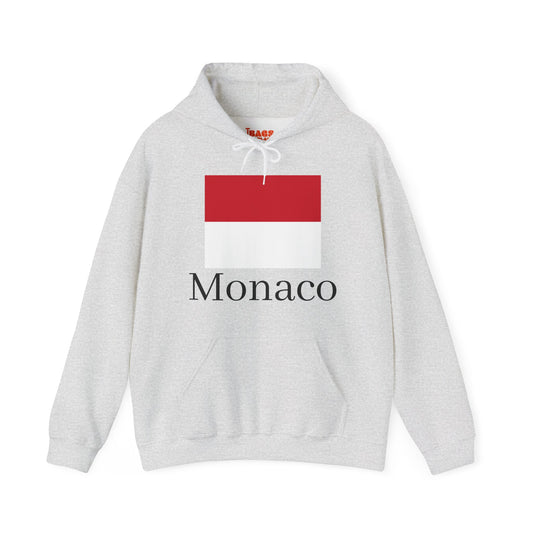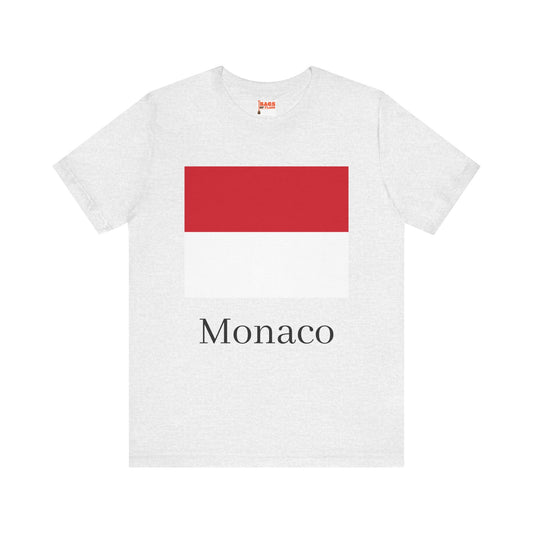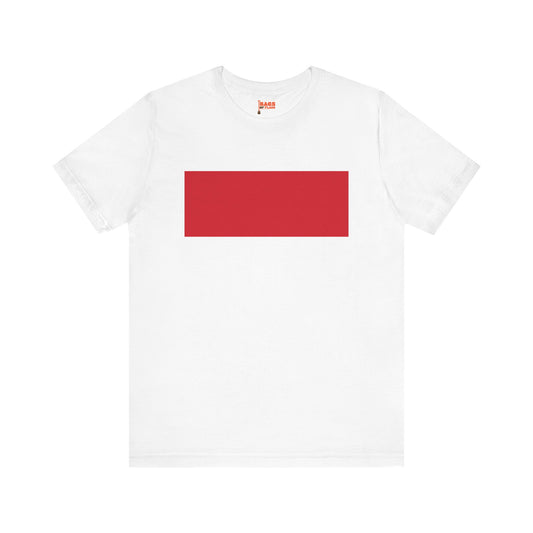-
Monaco Sweatshirt
Regular price $34.15 USDRegular priceUnit price / per -
Monaco Flag Sweatshirt
Regular price $34.15 USDRegular priceUnit price / per -
Monaco Leather Patch Hat
Regular price $18.85 USDRegular priceUnit price / per -
Monaco Hoodies
Regular price $34.40 USDRegular priceUnit price / per -
Monaco T-shirts
Regular price $22.79 USDRegular priceUnit price / per -
Monaco Flag Hoodies
Regular price $34.40 USDRegular priceUnit price / per -
Monaco Flag on T-shirt
Regular price $22.79 USDRegular priceUnit price / per
Collection: Monaco
The Monaco flag symbolizes national pride and identity for the small sovereign city-state on the French Riviera. With its unique design and historical significance, the flag of Monaco holds a special place in the hearts of its citizens. We will explore the various traditions and protocols surrounding the Monaco flag, shedding light on its rich history and symbolism.
Overview of the Monaco Flag

The Monaco flag is defined by its stark simplicity and bold color scheme, comprising two equally sized horizontal bands of red (top) and white (bottom). This straightforward yet striking design is deeply rooted in the nation's history, specifically tied to the House of Grimaldi since the 1300s. Beyond their historical linkage, the choice of red and white are symbolic colors that convey a dual message of courage (red) and purity (white). Unlike flags that boast complex emblems or a multitude of colors, Monaco's flag captures attention through its minimalistic elegance, making it easily recognizable on the international stage. This design not only embodies Monaco's national identity and heritage but also serves as a visual representation of the country's core values and the enduring legacy of the Grimaldi family's rule.
Historical Context of the Monaco Flag
Adopting the Monaco flag in 1881 was pivotal in the principality's history, cementing its status as an independent and sovereign nation. While the flag's design, featuring two horizontal bands of red and white, has remained consistent, its origins trace back even further, deeply intertwined with the legacy of the House of Grimaldi. The family, which began its rule in the 13th century, has long used these colors as heraldic symbols, symbolizing a connection between the ruling dynasty and the nation's identity.
Over the centuries, Monaco has faced various political and territorial challenges, yet the flag has stood as a constant representation of the principality's endurance and sovereignty. Unlike many countries that have seen their flags evolve with political changes or power shifts, Monaco's flag has preserved its original design, underscoring a commitment to tradition and continuity. This steadfastness reflects the historical significance of the flag and the enduring influence of the Grimaldi family, whose leadership has guided Monaco through periods of change and prosperity.
The flag's longstanding design serves as a visual reminder of Monaco's rich history, from its medieval origins to its current status as a renowned international destination. Its adoption and unaltered preservation highlight the principality's reverence for its past while continuing to symbolize its ongoing legacy and the unity of its people.
Symbolism Behind the Monaco Flag

The vibrant hues of the Monaco flag are imbued with rich symbolism that resonates deeply with the country's heritage and the values of its citizens. The red, a bold and passionate color, symbolizes the courage and strength of the Grimaldi family, Monaco's ruling dynasty for centuries. This choice of color reflects the principality's history of resilience and the courage of its leaders. Conversely, the white stripe offers a stark contrast, representing the purity, peace, and prosperity that have come to define Monaco.
Together, these colors do not merely adorn a flag; they weave a narrative of a nation's journey through history, embodying the dual qualities of bravery in the face of adversity and the aspiration for a harmonious and flourishing society. This duality encapsulates the essence of Monaco - a sovereign state that honors its past while striving toward a future marked by peace and prosperity for all its people. The flag's design, devoid of complex symbols, speaks to the principality's appreciation for simplicity and clarity, further reinforcing that strength and serenity are core to Monaco's national identity.
Current Relevance of the Monaco Flag
Today, the Monaco flag plays a pivotal role in the principality's public life and national identity. It is a common sight at various state occasions, prominently featured during Monaco's National Day celebrations, and is integral to military ceremonies and public events, symbolizing the unity and pride of the nation. Its presence extends beyond formal occasions, adorning public buildings, schools, and private residences, reflecting the deep connection between the flag and the Monegasque people.
Additionally, the flag is visible during international sports events, especially in Formula 1 racing, where Monaco hosts its prestigious Grand Prix, showcasing the flag globally and uniting citizens in support of their country. The flag's unchanging design and continued relevance underscore Monaco's stable and prosperous status, serving as a beacon of national pride and continuity in an ever-changing global landscape. Its ongoing use and significance emphasize the enduring bond between the Monaco flag and the identity of its people, making it a living symbol of the principality's heritage and future aspirations.
Additional Facts and Protocols Regarding the Monaco Flag
Monaco adheres to dignified protocols regarding the display and treatment of its national flag, reflecting the principality's respect and veneration for this emblem. The flag must be positioned to be the most prominent when displayed alongside other flags, symbolizing Monaco's sovereignty and independence. This aligns with the international practice of giving precedence to national flags, but it also underscores the pride Monaco takes in its identity and history.
Meticulous care is observed when handling the flag. It is considered a sign of disrespect for the flag to contact the ground or be displayed in a dilapidated state. Such practices ensure that the flag is always a dignified symbol of the nation. Additionally, the flag is traditionally hoisted at the break of dawn and retired with the setting sun, a practice common among nations. Still, it carries a particular resonance in Monaco, reflecting the principality’s commitment to tradition and ceremony.
Unique to Monaco is the cultural significance of the flag within the context of national identity. It is a common sight during significant events, such as the principality’s National Day, and is also prominent during international sporting events, where it symbolizes the unity and competitive spirit of the Monegasque people. These protocols and practices surrounding the Monaco flag highlight its ceremonial importance and its role as a constant, unifying symbol for Monaco's citizens, both at home and abroad.


